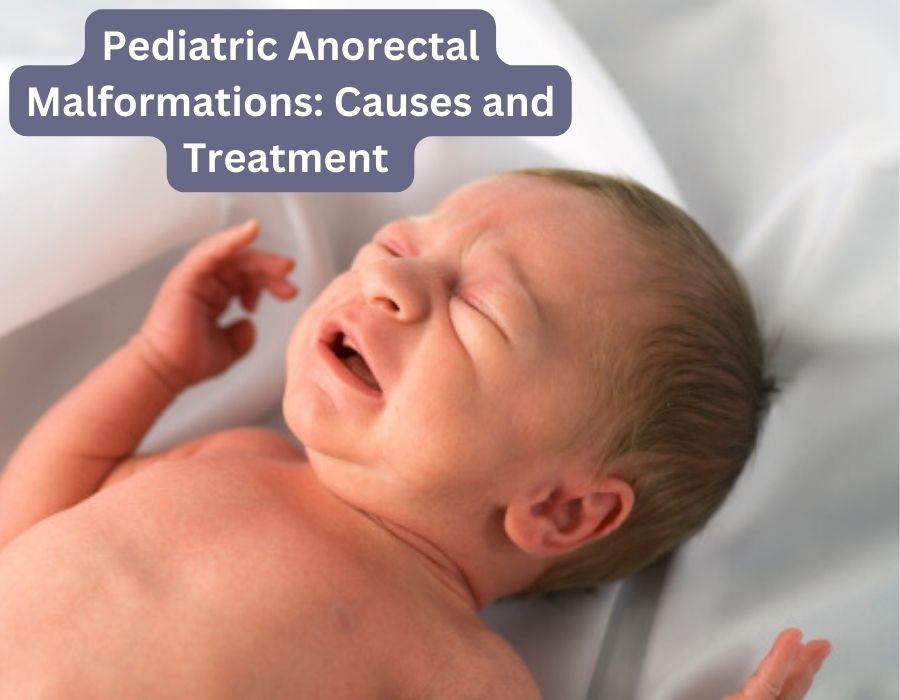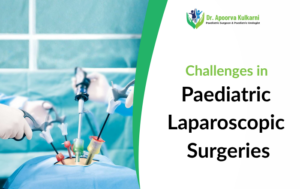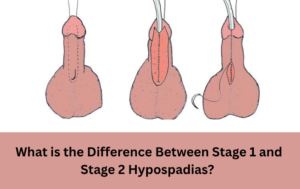Pediatric Anorectal Malformations

Pediatric Anorectal Malformations:
Introduction
Pediatric Anorectal Malformations (ARMs) are a group of congenital anomalies that affect the rectum and anus in newborns. These conditions can have a significant impact on a child’s quality of life and require specialized medical attention. In this blog, we will explore the causes and treatment options for pediatric anorectal malformations, shedding light on the importance of early diagnosis and intervention. Dr. Apoorva Kulkarni, a specialist in children’s surgical care, plays a vital role in the management of these complex conditions.
Causes of Pediatric Anorectal Malformations
The exact cause of pediatric anorectal malformations is not always clear, but they are believed to result from a combination of genetic and environmental factors. Some potential causes and risk factors include:
- Genetic Factors: There is evidence to suggest that ARMs may have a genetic component, meaning they can run in families. If a parent has had an ARM or a related congenital condition, the risk of their child having one may be increased.
- 2. Environmental Factors: Certain prenatal exposures, such as maternal smoking or exposure to certain medications during pregnancy, may increase the risk of ARMs in the developing fetus.
- Abnormal Fetal Development: ARMs occur during fetal development when the structures of the rectum and anus fail to form properly. The exact reasons behind this abnormal development are still being studied.
Types of Pediatric Anorectal Malformations
There is a wide range of ARMs, varying in complexity and severity. These malformations can be classified into several categories, including:
- Imperforate Anus: In this condition, the anus does not open to the outside of the body. There may be a membrane covering the anal opening, or the rectum may connect to other structures.
- 2. Perforate Anus: In this less severe form, the anus is present, but it may be located in an abnormal position or have a narrow opening.
- Cloaca Anomalies: This is one of the more complex forms of ARMs where the rectum, vagina, and urethra share a single common channel.
Treatment of Pediatric Anorectal Malformations
The treatment of pediatric ARMs requires a multidisciplinary approach involving pediatric surgeons, urologists, gastroenterologists, and other specialists. The treatment plan depends on the specific type and severity of the malformation. Here are some common treatment approaches:
- Surgery: Surgical repair is often necessary to correct the malformation and establish a functional anus. The surgical procedure may be a single-stage or multi-stage process, depending on the complexity of the malformation.
- Colostomy: In some cases, a temporary colostomy is created to divert stool away from the affected area, allowing it time to heal before the final reconstruction surgery.
- Continence Management: For children with more complex ARMs, achieving bowel and urinary continence may require ongoing medical management, including bowel training and medications.
Conclusion
Pediatric Anorectal Malformations can present significant challenges to both children and their families. However, with early diagnosis and a comprehensive treatment plan, many children with ARMs can lead healthy and fulfilling lives. Dr. Apoorva Kulkarni, a specialist in children’s surgical care, plays a crucial role in providing the expertise and support needed to manage these complex conditions. If you suspect your child may have an ARM or have already received a diagnosis, seeking specialized medical care is essential. With the right medical team and appropriate treatment, children with ARMs can thrive and enjoy a bright future
Latest Blogs

Blood in Urine (Hematuria) in Kids — What’s Normal and What’s an Emergency?

Preputioplasty: A Safe Alternative to Circumcision for Tight Foreskin in Children

Challenges in Paediatric Laparoscopic Surgeries

Antenatal Care: Preconceptional Counseling and Care

How Neonatal Surgery Transforms Newborn Survival Rates

